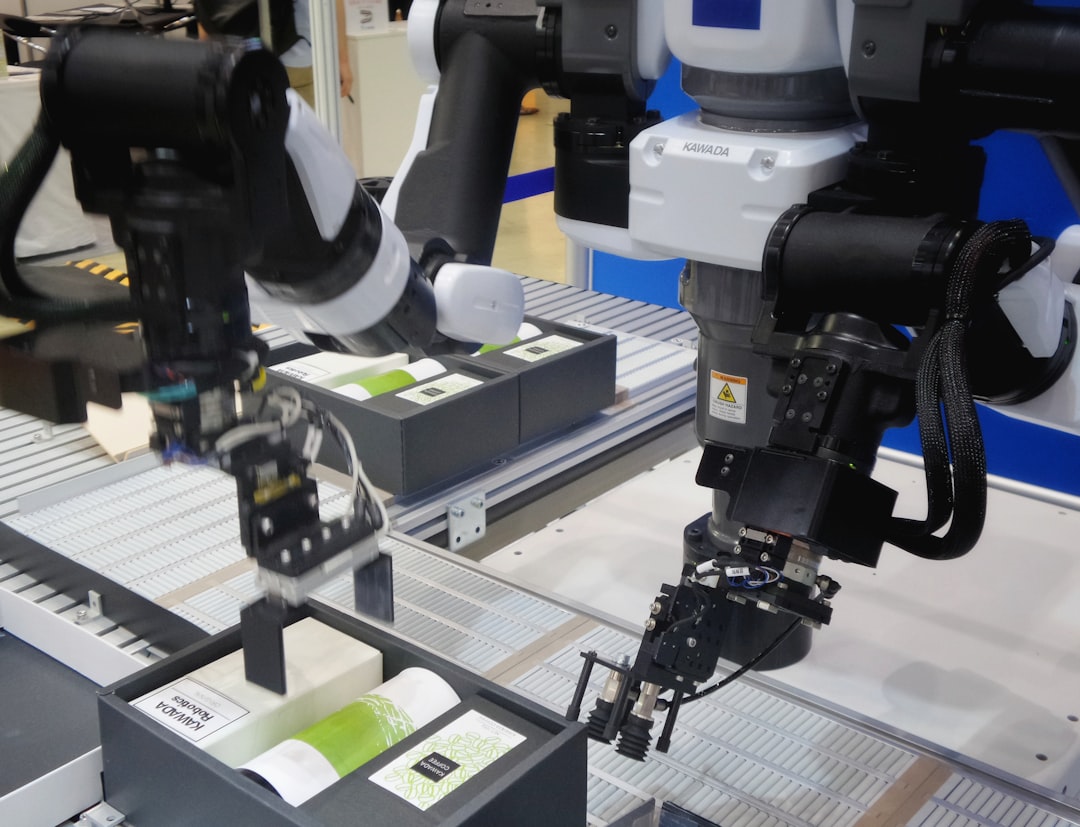What is it about?
This work compares simulations of different plasmas within a tokamak reactor to different tokamak experiments. In these experiments, magnetic coils outside the plasma are turned on and the magnetic fields produced by these coils affect the plasma. The simulation codes used by plasma physicists are run on these experiments and the simulation results are compared to the experimental measurements.
Featured Image

Photo by Ben Wicks on Unsplash
Why is it important?
This work is important because the simulation codes used to predict the plasma behavior under these magnetic fields is very fast, relatively speaking, to run. There are many different simulation codes in plasma physics that range in accuracy but also range in time and complexity to run. Using a simpler code that gives accurate predictions means that this code can be used more often and with more confidence because we have compared the simulation results to a series of experimental measurements.
Perspectives
This publication gives many simulation to experiment comparisons. The value of this work is that the comparisons show good agreement across many different plasma situations for different, important, plasma diagnostic measurements. As well, more theoretical details about the plasma response model are included in this publication which make it useful to give a better understanding of this plasma simulation code to the broader plasma physics community.
Xuan Sun
General Atomics
Read the Original
This page is a summary of: Validation of MARS-F modeling of plasma response to RMPs using internal measurements on DIII-D, Physics of Plasmas, January 2024, American Institute of Physics,
DOI: 10.1063/5.0168955.
You can read the full text:
Contributors
The following have contributed to this page










